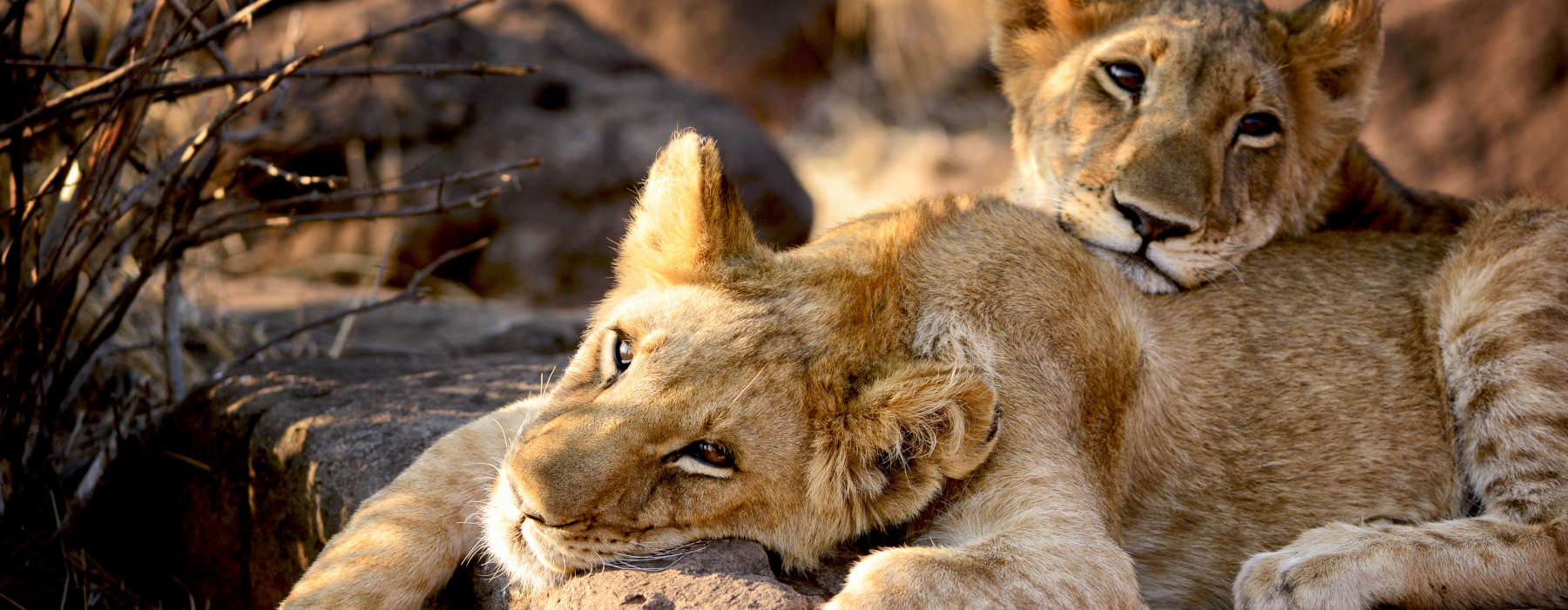January
February
March
April
May
June
July
August
September
October
November
December
June to November is usually considered the best time to visit Zambia. Dry season is in full swing with hot days (27°C) and cool nights (9°C), migrant birds are making their journey from the northern hemisphere and game viewing is in mint condition. Thanks to the earlier rainy season (December to March), rivers and waterholes are overflowing and remote roads are easily passable. From mid-November, the rainy season or ‘Emerald Season’ hits. Green pastures replace crisp landscapes and temperatures dip to 18°C. The country’s higher and more eastern areas generally receive more rainfall than the western lowland areas, but all camps tend to close. April and May, however, are seen as the country’s sweet spot. The majority of rain has faded away leaving a landscape that is dry, green and cloudless.
Victoria Falls
Zambia’s crown jewel, Victoria Falls is what you come for. Crashing down more than 300ft into the Zambezi River, it is truly a sight for the eyes – in all seasons. While it’s not possible to access Livingstone Island (in the heart of the falls) or visit the falls on foot from March to June, viewing it from the air is a spectacular sight. From July onwards water levels drop significantly allowing safe access to Livingstone Island, while from September to December, with ever-decreasing water-levels, the full extent of the mile-wide waterfall is visible.
The Bangwuelu Swamps
Roughly translated, Bangwuelu means ‘where the water meets the sky’ so it’s no surprise that the majority of the country’s rich fauna choose to congregate at this diverse ecosystem. Home to the rare shoebill and endemic black lechwe, they are best observed from May to July once water levels have receded and the long grass attracts peckish grazers. From December to March, in the middle of wet season, the wetlands come alive with birdlife. Conditions are tough but the reward of abounding kingfishers, bee-eaters, terns, storks and egrets is worth it. If you’d prefer better weather (aka no downpours), stick with November where light rain comes as a relief to the hot and humid 30°C temperatures.
Kafue National Park and the Busanga Plains
The Busanga Plains are very much a dry season destination (June to November). Temperatures are mild and hover around 17°C in July and 26°C in October, animals congregate round the park’s permanent water sources and lodges and camps have their doors firmly open. It is even possible to enjoy boating activities along lakes such as Itezhi-Tezhi, the water of which remains from the previous wet season. If you’re wanting to combine Kafue with a stay at Victoria Falls, it is best to plan your safari between May and August. While Victoria Falls is in peak flow from February to May, Kafue National Park’s camps are usually closed due to heavy rainfall. The opposite is true for August to October when Kafue’s game viewing season peaks yet much of Victoria Falls remains dry (especially on the Zambian side).



